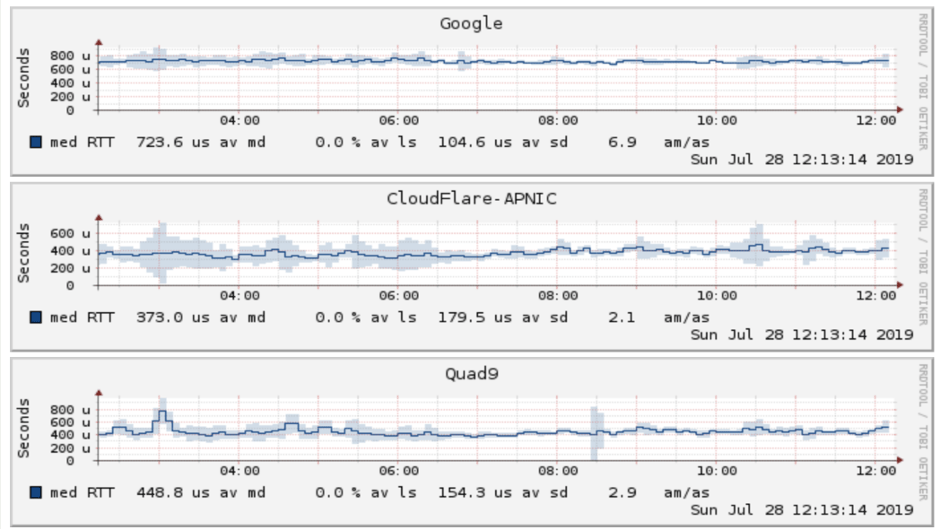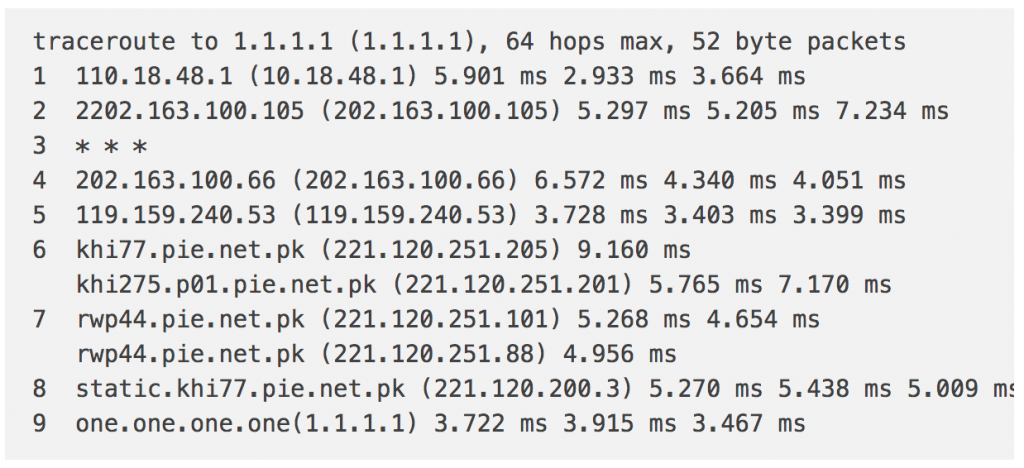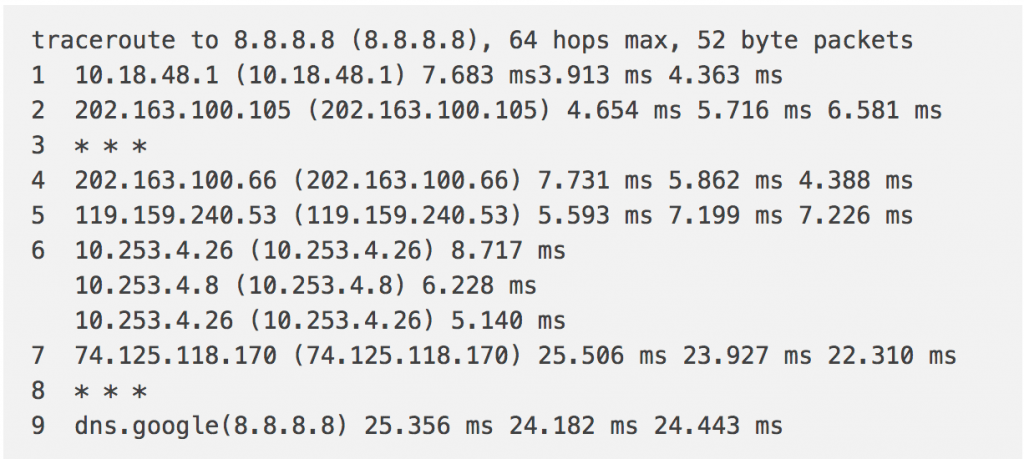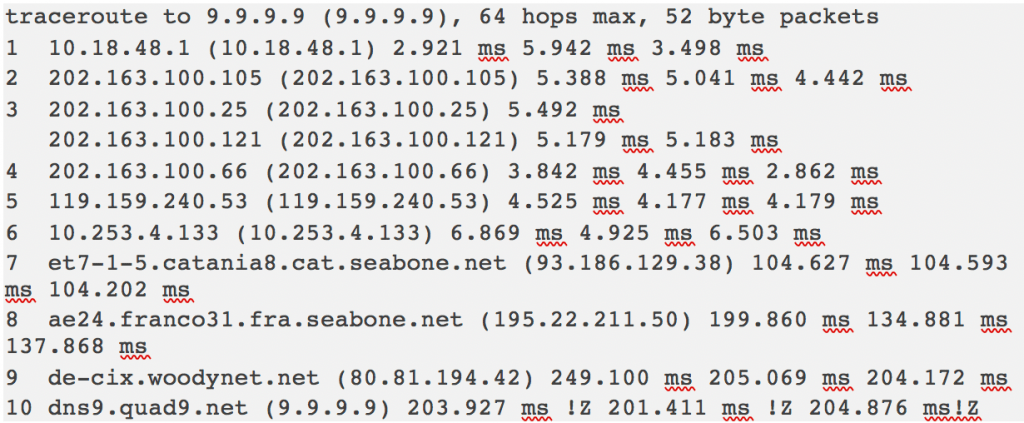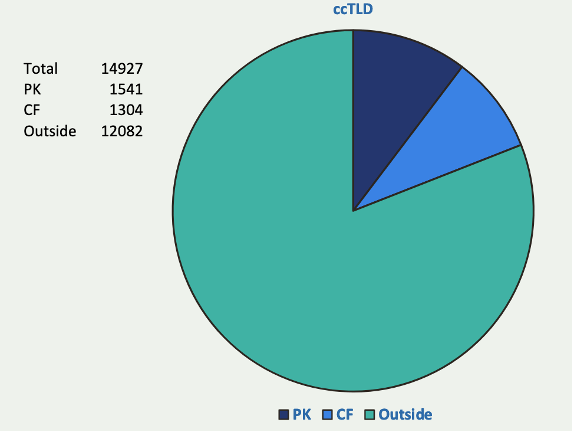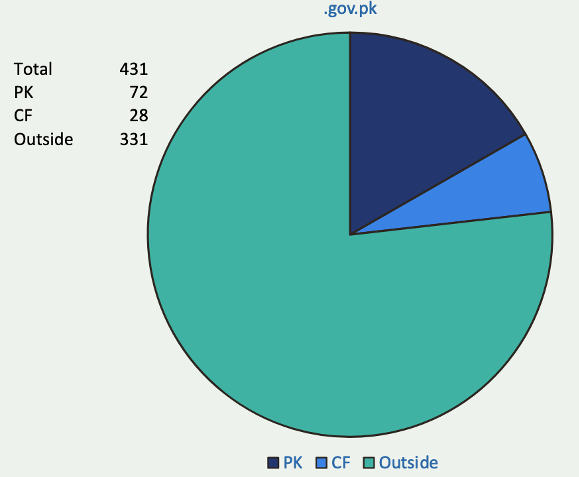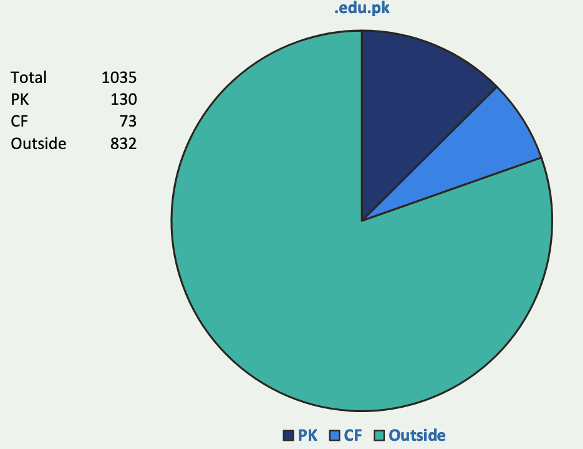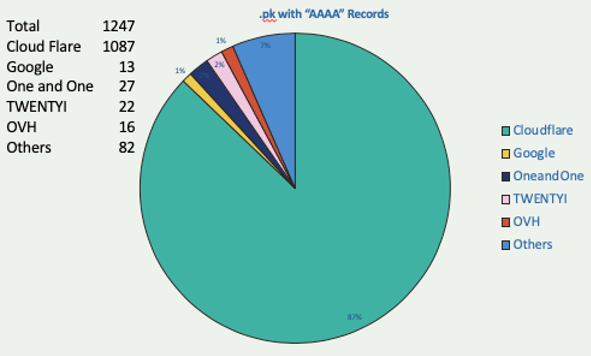مشواڼي
Mashwani based in Afghanistan
Mashwani of Kunar province resides in Narai, Dangam and Asmar districts. Their number in Kunar province
It has been suggested that this number may have increased significantly by now. Connaught of Valentine's Day
Mashwani has been influenced by the culture and traditions of the Sapians. Also a number of Mashwani Nangarhar Valentine of Bennett
. Hainat Afghans also live in 463 Kot district, many of whom were shown many years ago.
According to the report, 400 Mashwani families also live in Kohdaman, 25 miles north of Kabul.
Is located in, but the author of the book (Hath Mashwani) has shown the number of 5 families. Kohdaman Mashwani on cultivation and
Some of them are also engaged in business and they use their camels to make commercial and commercial goods.
They move to Bukhara and they are the masters of the Hausa life. Hayat Afghani writes that four families of Mashwani are living in Kandahar
However, the author of Dahalat Mashwani, Kandahar Sang Hesar, has also called it a place of residence for children and has written that
Mashwani also lives in the hot springs of Helmand, numbering up to 5 families. Also in the Ghalji area, especially
There are also Mashwanis in and around Qalat, Zabul province, one of whose tribes is called Ludin.
Lives. A number of consultants in Kunduz province of Afghanistan and a number of consultants in Khost province.
A number of Mashwanis are also based in Nimroz and Sistan.
Mishwani Pashtuns are stationed in Hazara, Haripur, Gandagar and Sarikot
There is also a large number of Mashwanis living in Sirkot of Hazara of Pakhtunkhwa. Sayed Yusuf Shah alias Shah Janni Panna
In his book (Halat Mashwani) which he wrote in Urdu in the year 9th, in Hazara, Gandghar and Srikot.
The total number of Mashwanis is 5, which is now 5 years and now there are 50,000.
Reaching the age of adolescence .. So the author of this year, 5 years ago, today
The residential areas of Mashwani are called:
Ghee, Doraha, Damraha, Osman Mulharin, Small Valley, Large Valley, Chontari, Green, Boy Chontari, Garang, Bannaguna,
Seri, Belha, Chontro, Norokhak, Shi Bati, Chinarkot, Sangar, Nim, Peepal, Tahaplo, Kundro, Mira, Abdul Deka, Sarai, Tangi,
Basovo, Nargah, Kahiruch, Kerra, Kandana, Symbol, Boktir, Little Boknantir, Plosonno Sunnar, Tannatro, Knnotki, Voknni
Kotki, Shaknoor Ghar, Chamiyarano Houses, Sher Shah House, Meadow, Tangdara, Ram Dara, Baknnaro, Shinno Dhannand, Bannu Tigannaram
,,,,,,,,,,,,,,,,,,,,,,,,,,,,,,,,,,,,,,,,,,,,,,,,,,,
Pahlawari, Asikot, Samkot. They are also located in Gandi, Amarkhana, the two largest villages in the country.
Residents of Ghari Meera, Sobhar and Shira Dil Kandaw, Bazi Sar, Jolgano, Feroz Banda and Khodar has 464 residences.
Tribes, branches and offshoots of the Mashwani tribe in Srikot
The branches of the Mush-e-Awni tribe in Srikot, Pakhtunkhwa are: Mani Khel, Jalal Khel, Sahib Khel, Sen Khel,
Dorakhel, Hussain Khel, Waris Khel, Wahdat Khel, Raji Khel, Baji Khel, Ludin, Adam Khinnal, Musanni Khinnal, Yousef
Khel, Mutakani, Roghani, Ganjian, Morjan Khel, Jani Khel, Amani Khel, Rahat Khel, Bahatal, Sukkur and Sen Khel.
Mashwani located in Yousafzai area
According to the author of the book Mashwani, the Mashwani is located in the Safavid area of Ismailia, Marghunza and Yar Hassanin.
They live in the villages of Showa and Totali. They also live in Mardan, Swabi and Katling.
A number of Mashwanis also live in Dera Ismail Khan and Waziristan.
Mashwani based in Dir and Jandol
In Lower Dir, Mashwani resides in Miskini Dara, Sadbar Village, Mayar and Samar Bagh.
The book on the socio-economic structure of the Pashtuns related to the Mashwanis states:
Located in the area, they first try to graze their herds by moving their flocks from Dangam to Shinwali.
Brought to the mountains and around the pastures in the eastern and northern mountains of Dara 150 years ago.
Made bonds. By the end of the spring, they would stay in the bunds and then go down to the Darmo Sunra Jindanol Valley.
One hundred years ago, some of the Mashwani tribes finally moved their herds to Qasim Khan and Old Brawl instead of Jandol.
Did. At that time these two were not villages, but some shepherds built houses here and built houses in the winter.
He settled in and then settled uninhabited barren lands around his houses. Karen (love) is a bird genius
And over a period of about ten years several houses were converted into villages. For hundreds of years they have been in the northern mountains
Bonds have been built on the barren lands in Lamano, which now house Qasim Khan and Old Brawl, as well as houses and at the foot of the mountain, near the mouth of the valley, near Asmar.
These Mashwanis are generally poor people except for a few houses. Some wealthy concubine women
In addition to land, there are livestock, trade and government responsibilities. Their poor and helpless villains are senile and
Mamondos are shepherds and farmers.
He goes to Jandol, Bajaur and different parts of Kunar for work and poverty. Here they are the woodwork of the mosques
In the cold, people use wood (plus wood) to heat the mosque. The wood brings wood from the mountain and so do the villagers
Thirty men provide grain and living quarters (or become neighbors in the countryside). Neighboring Missionaries Five Year Olds
Finding a living room, their men fetch wood from the mountains, which they put in a bundle (back bar) in a manger or cornfield.
The equivalent sells for forty afghanis. The migration process is more common in Mashwan than in other tribes.
At the end of the autumn, people load the household goods and food on donkeys, and men and women work together to make ends meet.
465 Heads to Kunar and returns to Dara in the spring
.
The branches of the Mashwani tribe in Dir and Jandol are:
Nortakian, Gul Baba, Gul Zari, Ali Khel, Shino Khel, Saleh Khel, Junakhel, Aka Khel, Rustam Khel, Zafnnar Khinnal
, Atokhel, Osman Khel, Mughal, Miro Khel.
References
>The Socio-Economic Structure of the Pashtuns, p
History of Afghan Life, p. Peshawar Press.
> Tareek Hayate Afghani.
>Syed Yusuf Shah alias Shah Ji, Hath Mashwani, pp. 4-5 and 5. Lahore Press, 3rd birth year 1930.
If we study the genealogy of the Mashwani tribe carefully, we will see that they are
Gharghashti Pashtuns, but they sometimes call themselves Sayyids and sometimes associate themselves with Kakar Pashtuns and believe that
Loy Stana and Pir Syed Mohammad Gesudrazdi married a Kakara woman and Mashwani is of his lineage. Missionary Page
It inhabits Afghanistan, Pakhtunkhwa, Southern Pakhtunkhwa, present day Pakistan and even India.
It is said that their main place of residence was Mount Solomon.
Moved to different parts of Afghanistan and also to Sunrikot in Dehradun, Pakhtunkhwa.
, In Swabi, Mardan, Mohmand Agency. Dera, Dera Ismail Khan and Southern Pakhtunkhwa are settled in Quetta.
Mashwani based in Afghanistan
Mashwani of Kunar province resides in Narai, Dangam and Asmar districts. Their number in Kunar province
It has been suggested that this number may have increased significantly by now. Connaught of Valentine's Day
Mashwani has been influenced by the culture and traditions of the Sapians. Also a number of Mashwani Nangarhar Valentine of Bennett
. Hainat Afghans also live in 463 Kot district, many of whom were shown many years ago.
According to the report, 400 Mashwani families also live in Kohdaman, 25 miles north of Kabul.
Is located in, but the author of the book (Hath Mashwani) has shown the number of 5 families. Kohdaman Mashwani on cultivation and
Some of them are also engaged in business and they use their camels to make commercial and commercial goods.
They move to Bukhara and they are the masters of the Hausa life. Hayat Afghani writes that four families of Mashwani are living in Kandahar
However, the author of Dahalat Mashwani, Kandahar Sang Hesar, has also called it a place of residence for children and has written that
Mashwani also lives in the hot springs of Helmand, numbering up to 5 families. Also in the Ghalji area, especially
There are also Mashwanis in and around Qalat, Zabul province, one of whose tribes is called Ludin.
Lives. A number of consultants in Kunduz province of Afghanistan and a number of consultants in Khost province.
A number of Mashwanis are also based in Nimroz and Sistan.
Mishwani Pashtuns are stationed in Hazara, Haripur, Gandagar and Sarikot
There is also a large number of Mashwanis living in Sirkot of Hazara of Pakhtunkhwa. Sayed Yusuf Shah alias Shah Janni Panna
In his book (Halat Mashwani) which he wrote in Urdu in the year 9th, in Hazara, Gandghar and Srikot.
The total number of Mashwanis is 5, which is now 5 years and now there are 50,000.
Reaching the age of adolescence .. So the author of this year, 5 years ago, today
The residential areas of Mashwani are called:
Ghee, Doraha, Damraha, Osman Mulharin, Small Valley, Large Valley, Chontari, Green, Boy Chontari, Garang, Bannaguna,
Seri, Belha, Chontro, Norokhak, Shi Bati, Chinarkot, Sangar, Nim, Peepal, Tahaplo, Kundro, Mira, Abdul Deka, Sarai, Tangi,
Basovo, Nargah, Kahiruch, Kerra, Kandana, Symbol, Boktir, Little Boknantir, Plosonno Sunnar, Tannatro, Knnotki, Voknni
Kotki, Shaknoor Ghar, Chamiyarano Houses, Sher Shah House, Meadow, Tangdara, Ram Dara, Baknnaro, Shinno Dhannand, Bannu Tigannaram
,,,,,,,,,,,,,,,,,,,,,,,,,,,,,,,,,,,,,,,,,,,,,,,,,,,
Pahlawari, Asikot, Samkot. They are also located in Gandi, Amarkhana, the two largest villages in the country.
Residents of Ghari Meera, Sobhar and Shira Dil Kandaw, Bazi Sar, Jolgano, Feroz Banda and Khodar has 464 residences.
Tribes, branches and offshoots of the Mashwani tribe in Srikot
The branches of the Mush-e-Awni tribe in Srikot, Pakhtunkhwa are: Mani Khel, Jalal Khel, Sahib Khel, Sen Khel,
Dorakhel, Hussain Khel, Waris Khel, Wahdat Khel, Raji Khel, Baji Khel, Ludin, Adam Khinnal, Musanni Khinnal, Yousef
Khel, Mutakani, Roghani, Ganjian, Morjan Khel, Jani Khel, Amani Khel, Rahat Khel, Bahatal, Sukkur and Sen Khel.
Mashwani located in Yousafzai area
According to the author of the book Mashwani, the Mashwani is located in the Safavid area of Ismailia, Marghunza and Yar Hassanin.
They live in the villages of Showa and Totali. They also live in Mardan, Swabi and Katling.
A number of Mashwanis also live in Dera Ismail Khan and Waziristan.
Mashwani based in Dir and Jandol
In Lower Dir, Mashwani resides in Miskini Dara, Sadbar Village, Mayar and Samar Bagh.
The book on the socio-economic structure of the Pashtuns related to the Mashwanis states:
Located in the area, they first try to graze their herds by moving their flocks from Dangam to Shinwali.
Brought to the mountains and around the pastures in the eastern and northern mountains of Dara 150 years ago.
Made bonds. By the end of the spring, they would stay in the bunds and then go down to the Darmo Sunra Jindanol Valley.
One hundred years ago, some of the Mashwani tribes finally moved their herds to Qasim Khan and Old Brawl instead of Jandol.
Did. At that time these two were not villages, but some shepherds built houses here and built houses in the winter.
He settled in and then settled uninhabited barren lands around his houses. Karen (love) is a bird genius
And over a period of about ten years several houses were converted into villages. For hundreds of years they have been in the northern mountains
Bonds have been built on the barren lands in Lamano, which now house Qasim Khan and Old Brawl, as well as houses and at the foot of the mountain, near the mouth of the valley, near Asmar.
These Mashwanis are generally poor people except for a few houses. Some wealthy concubine women
In addition to land, there are livestock, trade and government responsibilities. Their poor and helpless villains are senile and
Mamondos are shepherds and farmers.
He goes to Jandol, Bajaur and different parts of Kunar for work and poverty. Here they are the woodwork of the mosques
In the cold, people use wood (plus wood) to heat the mosque. The wood brings wood from the mountain and so do the villagers
Thirty men provide grain and living quarters (or become neighbors in the countryside). Neighboring Missionaries Five Year Olds
Finding a living room, their men fetch wood from the mountains, which they put in a bundle (back bar) in a manger or cornfield.
The equivalent sells for forty afghanis. The migration process is more common in Mashwan than in other tribes.
At the end of the autumn, people load the household goods and food on donkeys, and men and women work together to make ends meet.
465 Heads to Kunar and returns to Dara in the spring
.
The branches of the Mashwani tribe in Dir and Jandol are:
Nortakian, Gul Baba, Gul Zari, Ali Khel, Shino Khel, Saleh Khel, Junakhel, Aka Khel, Rustam Khel, Zafnnar Khinnal
, Atokhel, Osman Khel, Mughal, Miro Khel.
References
>The Socio-Economic Structure of the Pashtuns, p
History of Afghan Life, p. Peshawar Press.
> Tareek Hayate Afghani.
>Syed Yusuf Shah alias Shah Ji, Hath Mashwani, pp. 4-5 and 5. Lahore Press, 3rd birth year 1930.
